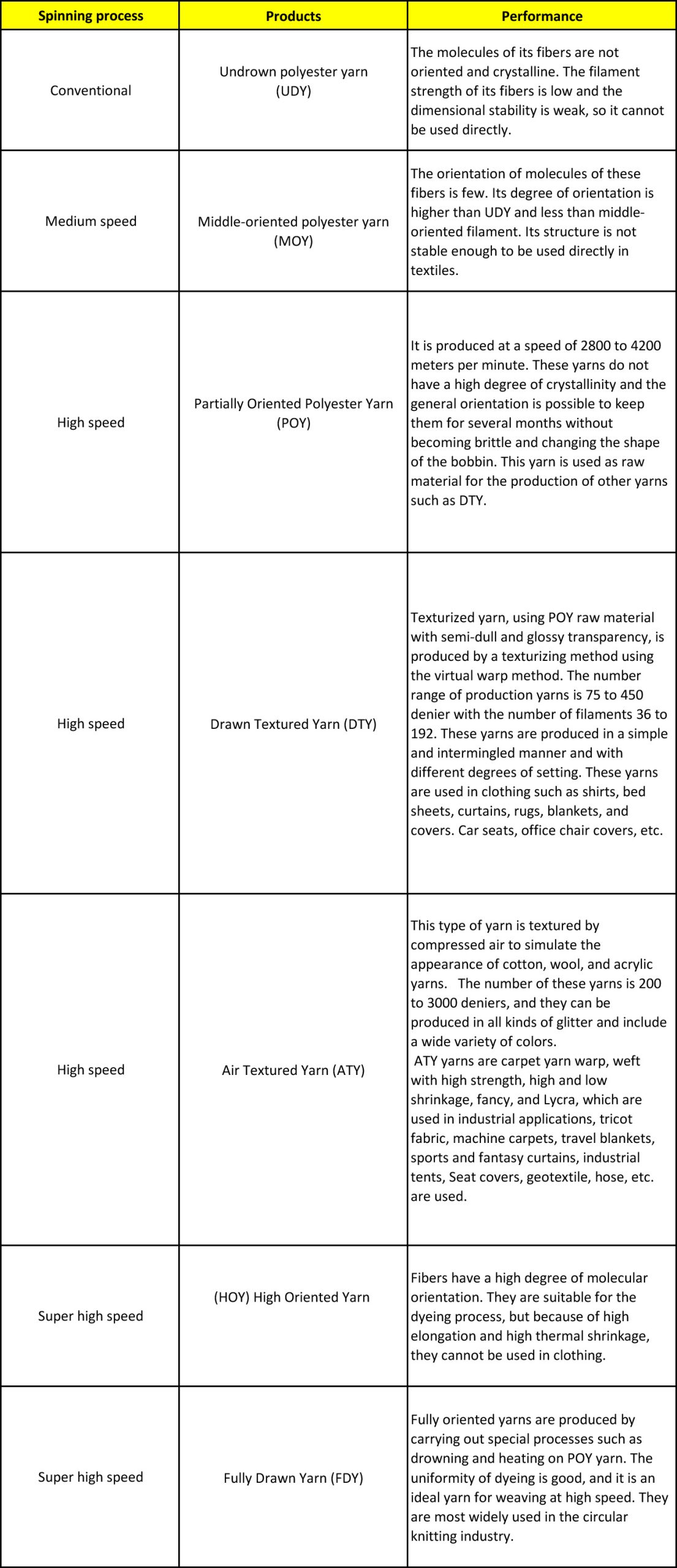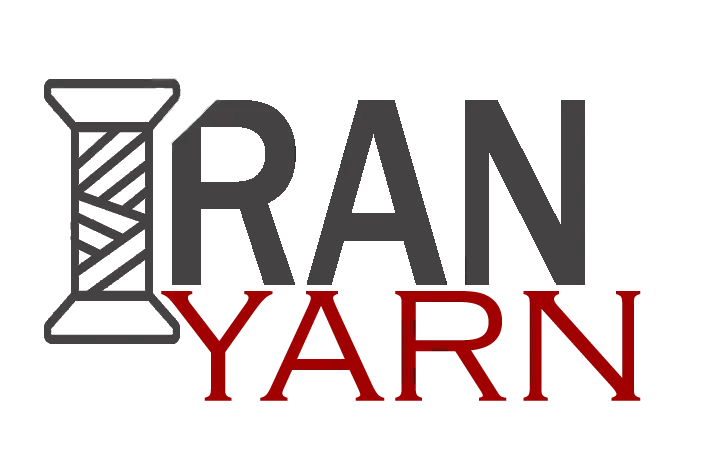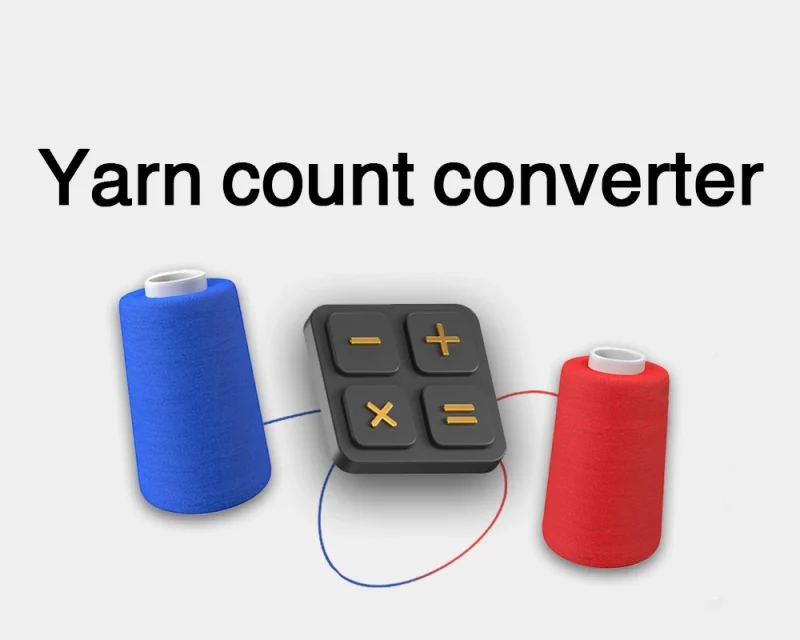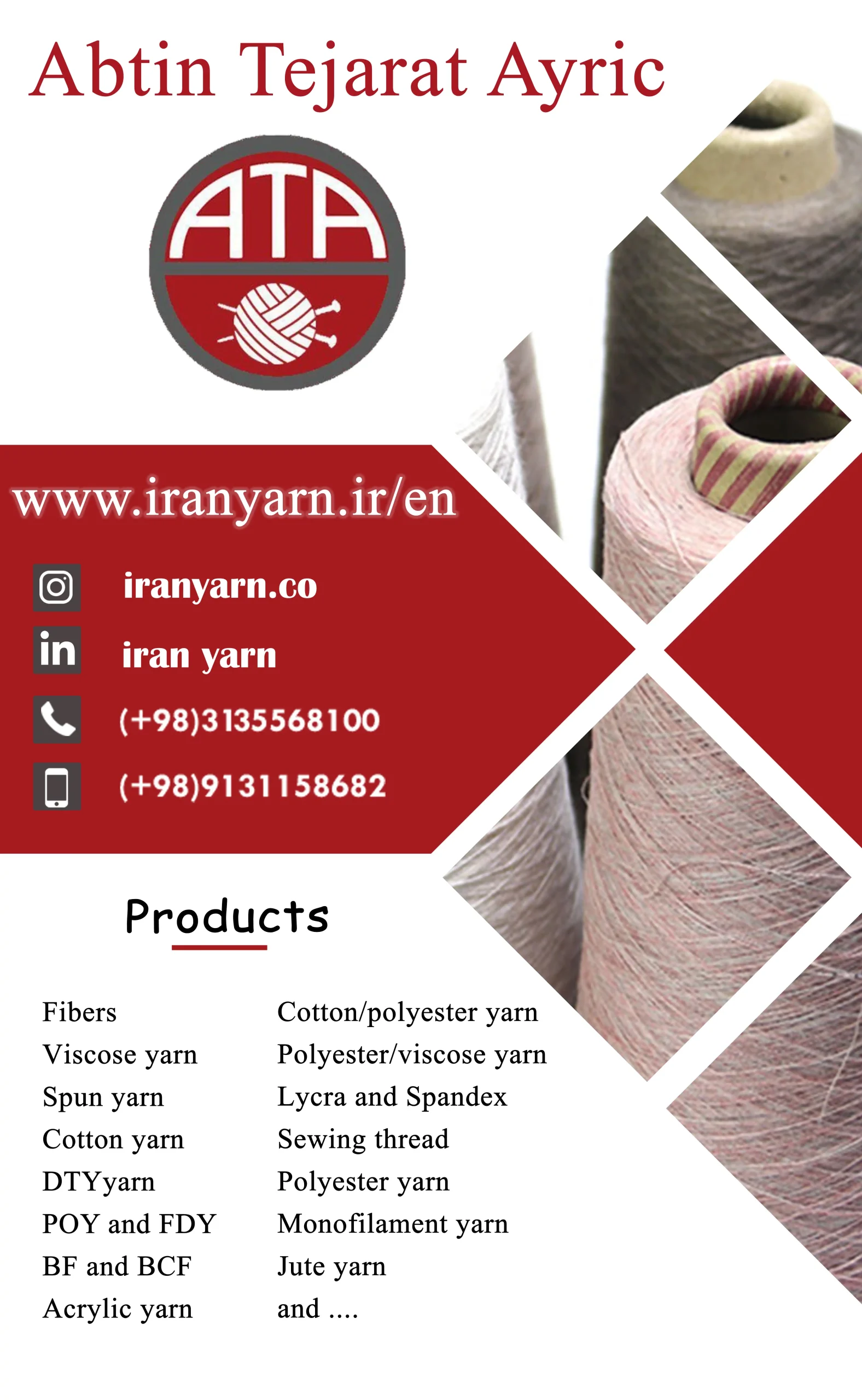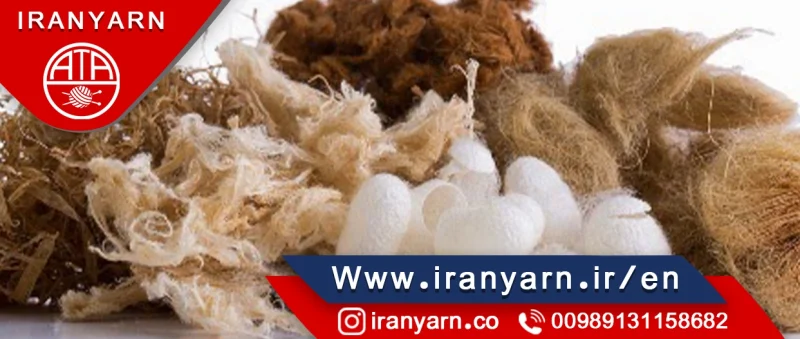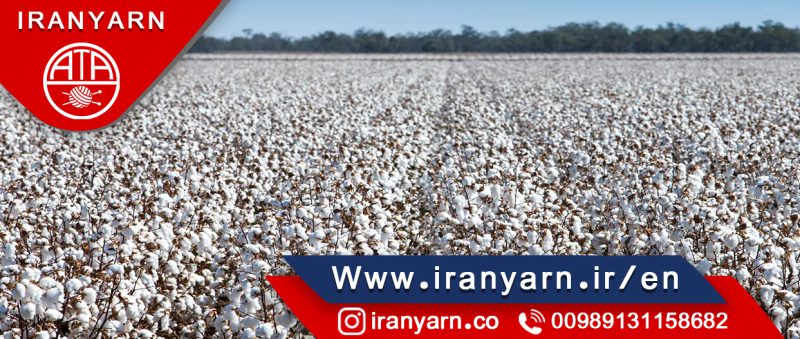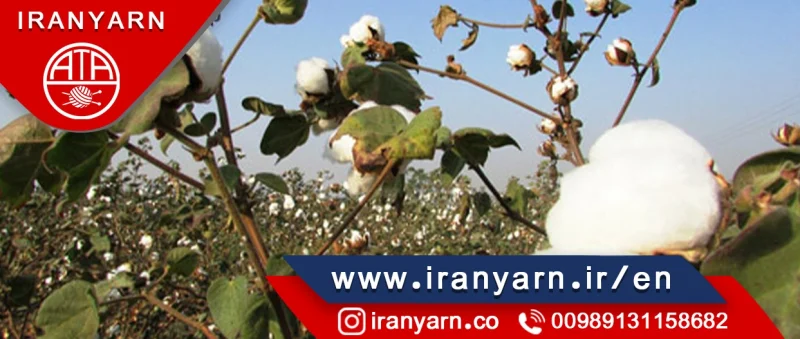For the first time, polyester fiber was produced by a British company, but the initial research to make this fiber was started in the United States by Carruthers, however, in Carruthers' initial research, there were two significant flaws in the production of polyester. These defects are as follows:
- Produced polyester fibers were easily hydrolyzed and their stability against chemicals was very weak.
- The melting point of the produced polyester was low, so it had no resistance to the heat of the iron.
Polyester is produced and sold under various brand names in different countries. Polyester is produced in America under the name of Dacron, in England under the name of Trilen, in Germany under the name of Troyra, in Japan under the name of Tetron, in France under the name Tergal and in Italy under the name of Trital. Polyester fibers are also produced in Iran. Polyester polymer is produced from the combination of a diacid such as terephthalic acid and a diol such as ethylene glycol. These two substances each have two active groups, each diacid has two carboxyl COOH groups and each alcohol has two hydroxyl OH groups.
How to prepare polyester fibers:
The polyester polymer used to produce textile fibers is made from the polymerization (esterification reaction) of terephthalic acid and ethylene glycol inside a reactor under control with a certain temperature, pressure, and an appropriate catalyst. The viscosity of the resulting polymer (PET) can be changed through temperature, flow turbulence, and pressure.
Polyester is produced from the polymerization, the resulting polymer is solidified in a machine and chopped into small pieces called chips. The polymer chips are washed and dried to remove the moisture and ready to be fed to the melting spinning machine. Polyester filament or its short fibers are produced through the melting spinning method. The advantages of this spinning method include the shortness of the process, Low cost, and high speed (900 to 1200 m/min), the process speed can reach up to 3600 m/min.
After preparing the polyester chips, they are poured into the feed tank of the spinning melter. While the chips are melted, they pass through a special filter with pressure and the molten polymer enters the filament machine. The filaments coming out of the filament machine are immediately cooled to freeze. After freezing, the filaments are wound on bobbins. Finally, the produced filaments are drowned about 5 to 7 times their length to get the molecular orientation in the fibers and the diameter and number reach the desired level. Filaments produced in this way can be used both as filaments in the textile industry and as cut fibers, that are cut into short lengths equal to the length of cotton fibers (or long lengths equal to the length of wool fibers). Polyester filaments have uses beyond fabric production, including industrial applications. If cut polyester fibers are to be prepared, the method of production is the same as the production of polyester filaments, with the difference that the number of holes for staple fibers (800-300) is more than for filament yarns (1-150), the number of holes can reach 2600 or even more, also the shape of holes of spinneret is usually circular, so the cross-section of the fibers is circular. If the shape of the holes is special, the cross-section of the fibers will also be special. Another difference is that in the production of filament yarns, single-stranded filaments are wound separately on bobbins, but in the production of staple fibers, multi-stranded filaments are gathered together and made into wicks. After stretching, the resulting wick is directed to the cutting machine, and the filaments of the wick are cut to the desired length.
The production diagram of filament and staple polyester fibers is shown in the figure below.
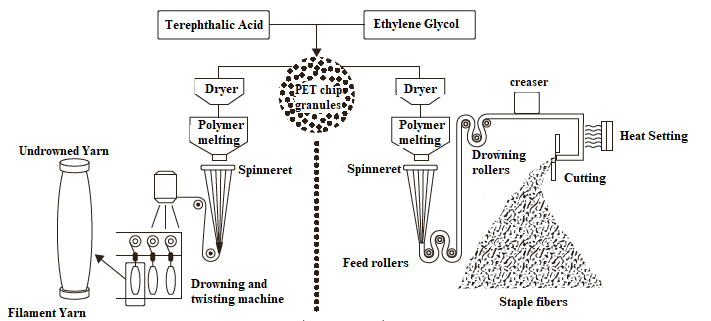
Polyester filament yarns are classified according to the amount of thread tension and the way polyester fibers are produced.
